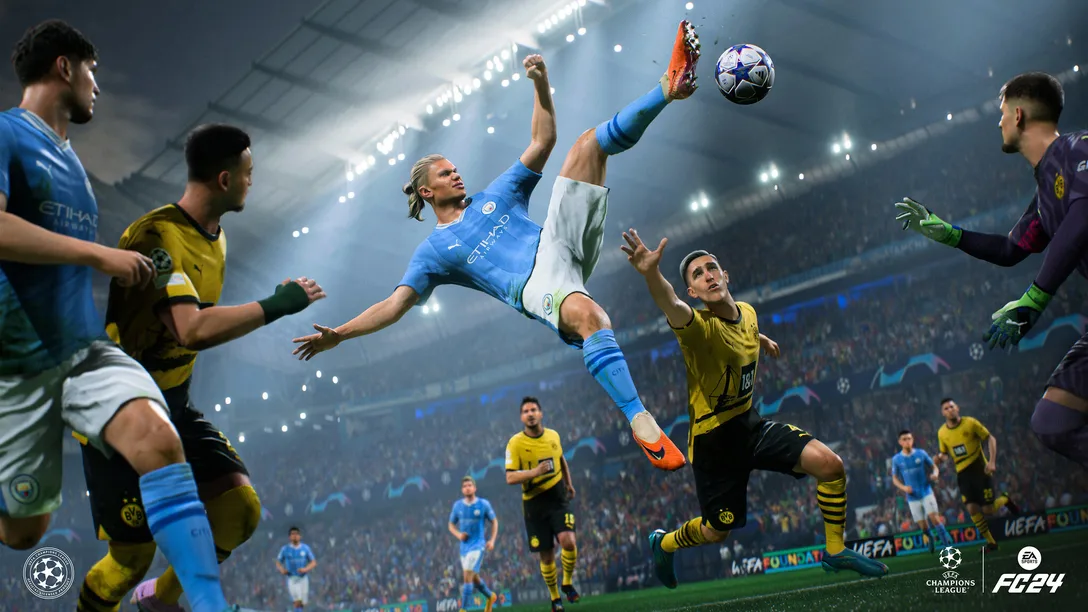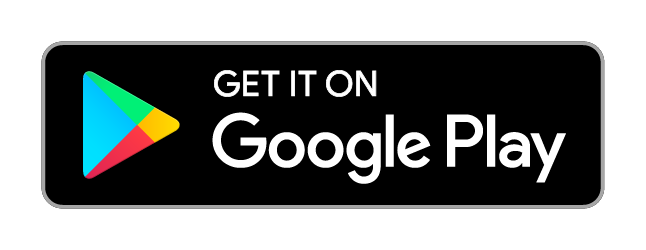
How to setup an efficient training schedule
So in our latest article on how to use THE GUIDE+ optimally, we talked about how exactly you can extract the most value out of the educational content in this app. Today we are taking another step forward by analyzing how we can set up a good training schedule to improve efficiently.
Plan time slots Ideally you are able to plan your sessions throughout the week. 60-90 minutes are an ideal timeframe for focused practice. Make sure you are actually able to play calmly during those slots as it is vital for the quality of your practice and therefore your improvement.
Set small goals For each session you should have a goal in mind. And this goal should be a skill-improvement-goal, not a performance goal. Instead of thinking “I want to get into Division 4 today”, focus on things like
- today I will focus on playing smart passes in build-up
- today I will work on tracking the opponents defender
- today I’m staying calm in front of the opponents goal
- today I will be more patient when defending 1vs1 situations
The effect of shifting your focus on result-independent goals should not be underestimated. Instead of falling back into bad habits by trying everything in your power to win, you can learn, improve and enjoy the game even when losing.
Practice efficiently If you look at any sport, in how many of them do you simply play matches when trying to seriously practice? That’s correct: None. You warm up, you perform some specific drills for specific parts of the game and then at the end you play a realistic match scenario.
So, why don’t we do that in esports too? Especially in FIFA, I feel like most players are just heading into match after match on auto pilot without really working on their weaknesses. Divide your practice time and stick to that schedule:
- 20% mechanical practice
- 30% analysis
- 50% playing matches (with a goal in mind)
Mechanical practice This is the time where you purely work on mechanical execution. The most obvious example is skill moves. Head into the training arena and practice the clean execution of any skill move you would like to learn. This works for other mechanics as well: In skill games you can practice jockeying, tackling, passing, shooting and much more. Especially if you’re more of a beginner, this can be very helpful.
But even as an advanced player, you will highly benefit from dedicating time to this. Advanced skill moves like the McGeady Spin Cancel need lots of practice and figuring out the limit of passing combinations with driven- and one-touch-passes against the AI has its benefits too.

Subscribe To THE GUIDE+ To Watch This Video
Check Options
Analysis In the first article of our improvement course, I went into detail on how to analyze your own game. This is not always the most fun to do, especially when you take another look at a painful loss, but it has so many benefits. You are going to figure out solutions much more quickly as oftentimes things look much clearer when you’re able to process them with a calm head. During matches you are occupied playing, after the match you can rewatch certain moments multiple times and figure out why you conceded, why you struggled against their pressing and what possible solutions would have looked like.
Analyzing pro players is another great tool to find inspiration and angles for improvement! Each player has their individual style and approach to certain situations and oftentimes it can be eye opening to look at someone else play. Ask yourself what you would do in their spot and then compare. Suddenly you realize that they keep dribbling forward on a counter instead of committing to a pass right away. This way they keep the pressure up and can decide at the last second what they want to do with the ball - depending on what the opponent defends. This is only one example of how you can improve…
Playing matches Once again: the goal in your practice matches IS NOT to win! The goal is improving at the aspect of the game that you chose to focus on for that session. This is very important. If you’re not able to accept losing more games than usual in Division Rivals or FUT Champions, then you should probably play regular online games or play against practice partners (you can find them on our discord for example). ** The Challenge-Skill Concept** Another important factor for improvement is the difficulty of your training schedule. I think the more common tendency is to avoid difficult challenges, e.g. learning a highly mechanical skill move like the McGeady Spin Cancel. Or avoiding to work on an aspect that seems really difficult to understand, e.g. 1vs1 defending. If you always stay in your comfort zone though, then you’re not going to improve.
On the contrary, it’s also not good to practice things that are too difficult as failure will frustrate you over time. If you can’t do a ball roll yet, don’t attempt a stepover sprint boost. Go step by step.

The Challenge-Skill Concept shows that optimal practice flow is achieved when the task difficulty is slightly above your current level. So challenge yourself!
Exemplary practice session So let’s say I want to learn a new skill move (I know, it’s often the skill move example, but it is just the easiest one to explain things with). A good 90 minute session will look like this:
- ~15 minutes mechanical practice in the arena and vs. AI
- ~45 minutes playing 3 matches
- ~30 minutes analysis
So you first go ahead and practice the skill move of your choice “dry” in the arena. Let’s say it is the elastico. Practice all different angles and directions, practice the normal one, the reverse elastico, practice coming to a stop first with L1 and then doing either of them. After that you can go ahead and play vs. the AI in Squad Battles and practice the skill there. Get a feeling for how it works around defenders, how long the animations take etc.
The next step is implementing the skill in practice matches. You can use the skill move in midfield in safe spots to get a feeling for the angles and then you should heavily focus on using it when you are in good spots around and inside the opponent’s box. Try out different timings and variations, different approaches towards the defender and so on.
During video analysis you then have another look at the skill move situations. When did it work, when did it not work? Did I mess up the inputs and if yes, why? What do I need to adjust about the usage of this move?
If you follow this setup for your practice sessions the majority of times you play, you will improve. There is no doubt about that!
About the author Georg "CruZzAve" Raffelt is creating tutorials since 2013 around which time he also started his competitive journey in the game. He was able to qualify for the Grand Final of the German National Championship "Virtuelle Bundesliga" twice in 2014 and 2015. Online he managed to reach the weekly and monthly Top100 in the Weekend League numerous times.
In case you didn't know: You can also access THE GUIDE+ on your PC with our Web Version and watch the lessons on a bigger screen. Here is the link: www.theguide.gg
Music from https://filmmusic.io "Future Logo Intro" by WinnieTheMoog (https://taigasoundprod.com) License: CC BY (http://creativecommons.org/licenses/by/4.0/)







